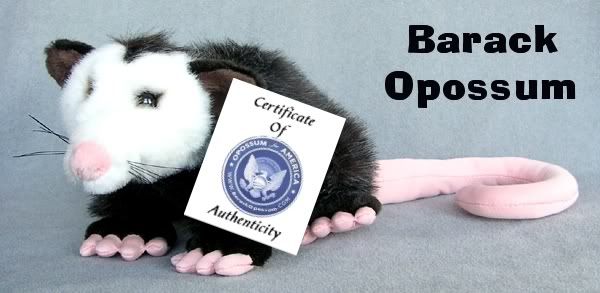
Posted on 08/20/2013 2:27:01 PM PDT by Red Badger
A fossil of the oldest known ancestor of modern rats—an agile creature that could climb, burrow and eat just about anything—has been unearthed in China, scientists said Thursday.
The newly named species Rugosodon eurasiaticus had flexible ankles for tree-climbing and sharp teeth that could gnaw both animals and plants, according to the journal Science.
These adaptations helped the ancient rat-like rodents known as multituberculates become among the longest lived mammals in history, said the study led by Chong-Xi Yuan from the Chinese Academy of Geological Sciences in Beijing.
Believed to originate 160 million years ago during the Jurassic Period, they lived for some 100 million years in the age of the dinosaurs before modern rodents overcame them.
Their abilities also led to their evolution and diversification into a range of tree-dwelling and plant-eating mammals that followed, said the researchers from China and the United States.
"Some could jump, some could burrow, others could climb trees and many more lived on the ground," said co-author Zhe-Xi Luo of the University of Chicago.
"The tree-climbing multituberculates and the jumping multituberculates had the most interesting ankle bones, capable of 'hyper-back-rotation' of the hind feet."
The latest fossil was found in the Jurassic Tiaojishan Formation in eastern China.
Its name comes from the Latin "rugosus" for wrinkles and "odon" for tooth, because of its bumpy molar surface and "eurasiaticus" for its widespread territory.
Luo said the fossil is similar to those found in Portugal, suggesting that it and its relatives were widely found across the entire Eurasian continent.
The creature was believed to have a body mass of about 65 to 80 grams (2.3-2.8 ounces).

Like most early nocturnal mammals, Rugosodon eurasiaticus was active at night. This reconstruction shows Rugosodon searching for food among ferns and cycads on the lake shores in the darkness. Credit: April Isch, University of Chicago
Researchers said the tooth and ankle adaptations likely evolved very early in the creatures' existence, helping them to become so long-lived as a group.

The fossil of Rugosodon eurasiaticus is preserved in two shale slabs in part (left) and counterpart (right). It is about 17 cm (6.5 inches) long from head to rump, and is estimated to have weighed 80 grams (about 2.8 ounces).
The sediments at the site of discovery are lake sediments with embedded volcanic layers. The fossil assemblage of Rugosodon also includes feathered dinosaur Anchiornis and the pterosaur Darwinopterus. By the dental features, Rugosodon eurasiaticus closely resembles the teeth of some multituberculate mammals of the Late Jurassic of the Western Europe, suggesting that Europe and Asia had extensive mammal faunal inter-changes in the Jurassic. Credit: Zhe-Xi Luo of University of Chicago and Chongxi Yuan of Chinese Academy of Geological Sciences
And apparently Chinese restaurants..............
It moved to the US and became the Democrat Party
The evolutionary line can be traced from a series of fossils which - SQUIRREL!
Sort of like mammalian cockroaches. Maoists too, no doubt.
They tasted just like chicken!
a brand new source for American political candidates?

Are they good to eat?............
What is so “super” about a 6 inch rat? Methinks you need to take it easy with your superlatives...
I doubt it had anything on the Honeybadger.
Now we just call them Congresscritters.
I think anyone who has ever been to the Far East will swear they saw one bigger than six inches (from nose to rump) and a pound and half coming out of any rice paddy or open sewer....
ping
A Chinese Super Rat? I know a Kenyan Jackass who entered America and destroyed the local ecosystem.
and a kenyan super rat raoms the white hut
Disclaimer: Opinions posted on Free Republic are those of the individual posters and do not necessarily represent the opinion of Free Republic or its management. All materials posted herein are protected by copyright law and the exemption for fair use of copyrighted works.